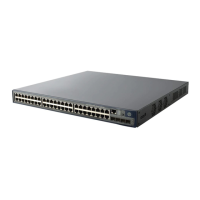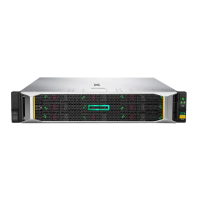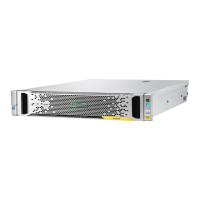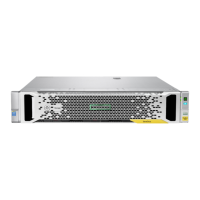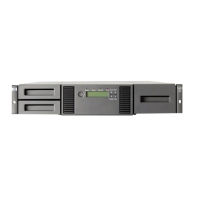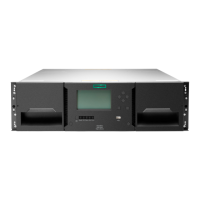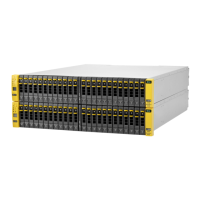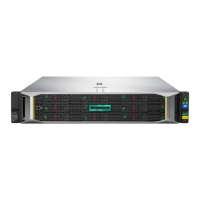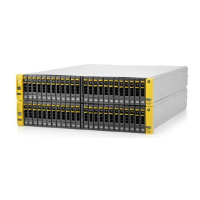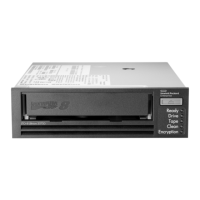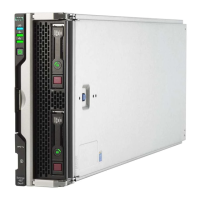Managing the network
Introduction
The StoreVirtual 3200 Storage has multiple configurations available, including iSCSI and Fibre Channel
transport types.
The StoreVirtual 3200 Storage is a dual controller array. The two storage controllers communicate with
each other over a private communication path called the StoreVirtual Inter-Communication Link (ICL).
There are no customer-based management interactions with this path.
The management interface is hosted on the StoreVirtual 3200 Storage system, so that no server-based
utility is needed to configure or monitor the storage system. You connect to the system using the
management interface of one of the storage controllers. This management interface is configured during
the initial configuration process and provides a communication path for a client to attach to the system for
all management functionality.
The iSCSI and Fibre Channel data is served by the network interfaces, depending on your configuration.
Configure these interfaces based on your network configuration and needs. For iSCSI data, the available
network interfaces should be bonded to provide optimal performance.
Traffic types
The StoreVirtual 3200 Storage uses four different traffic types:
• Data—iSCSI or Fibre Channel
• Remote Copy—asynchronous volume copy to another storage system
• Management—StoreVirtual Management Console, REST, SNMP, CLIQ access
• StoreVirtual OS—Network RAID, internal communications
The traffic types are automatically assigned to network interfaces based on the selections made in the
Configuration Setup wizard. The Configuration Setup wizard assigns the default gateway to the network
interface with the management traffic type.
The data traffic type and Remote Copy traffic type are assigned to the same network interface on iSCSI
systems. On Fibre Channel systems, the data traffic moves across the FC interface and the Remote Copy
traffic is assigned to the bonded 1GbE network interface.
The StoreVirtual OS traffic is assigned to the internal network (svicl0) except when scaling out iSCSI
systems. When scaling out iSCSI systems, the StoreVirtual OS traffic is assigned to the bonded iSCSI
network interface.
Management (StoreVirtual Management Console, REST, SNMP, CLIQ) functionality can be accessed
from any network interface. The primary reason for assigning the management traffic type to a network
interface is to identify the interface with the default gateway. The interface is primarily used for
management.
Depending on your deployment, it might be necessary to create a static route for a given functionality,
such as StoreVirtual Application Aware Snapshots. A static route is necessary if the server triggering the
snapshots is on a different subnet from the storage system and is not reachable through the default
gateway.
With StoreVirtual OS version 13.5 and later, you can edit traffic types and assign different traffic types to a
network interface. The StoreVirtual 3200 can be configured with a single network interface for all traffic
types, or different traffic types can be separated onto different interfaces. Traffic types are commonly
34 Managing the network
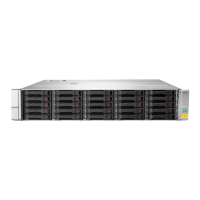
